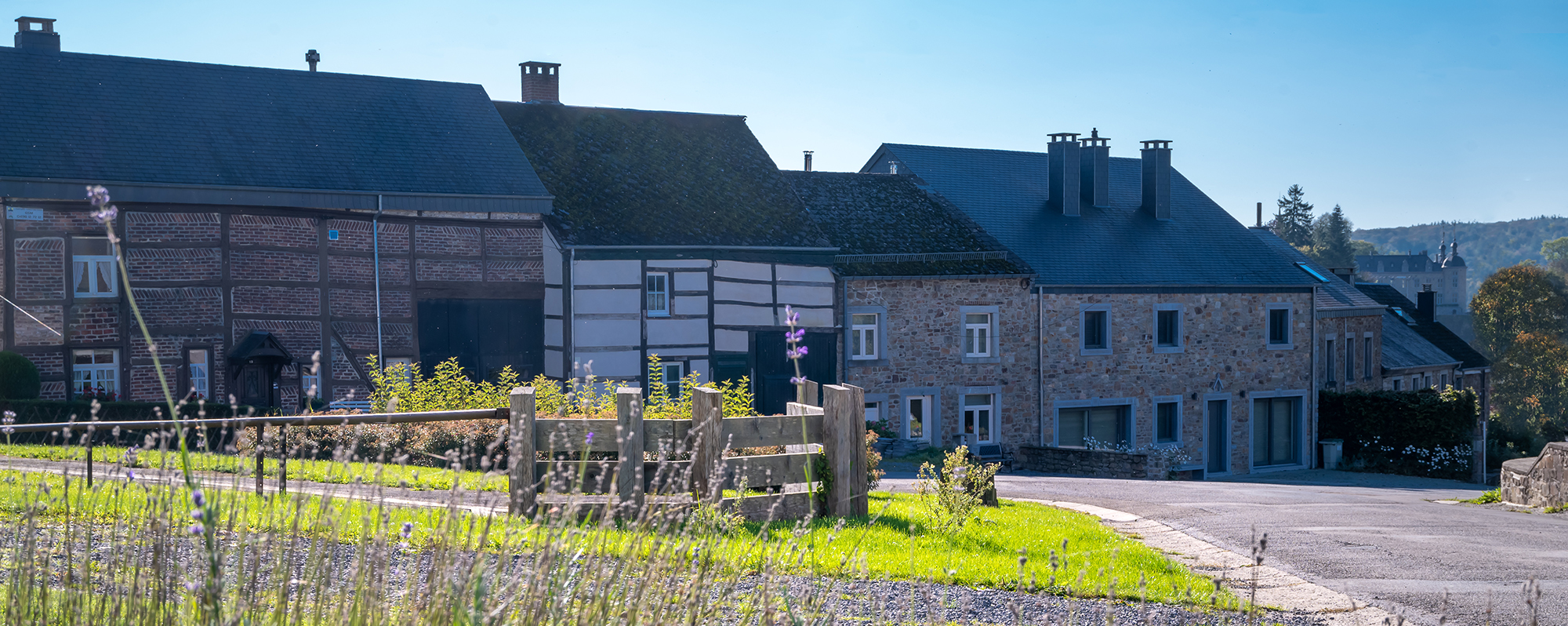
Characteristic of a region, a village, discover the traditional village settlements and the elements of rural heritage which comprise them.
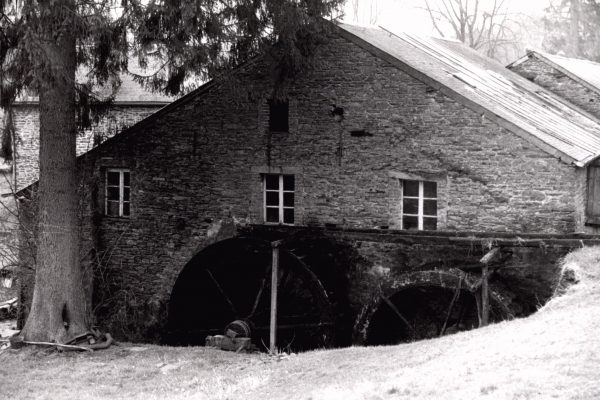
The origins of this former flour mill date back to at least 1619 and it was the site of local resistance during the Second World War.
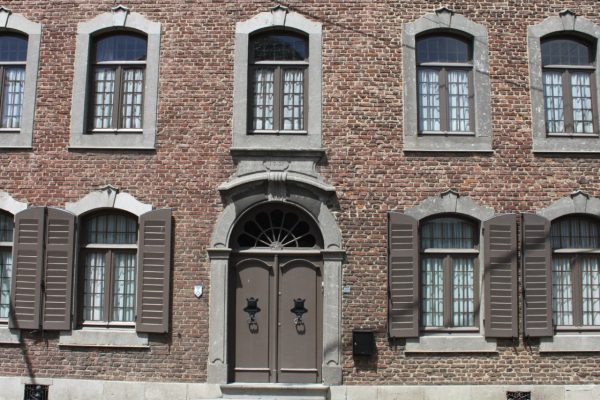
Facades inspired by urban mansions, a symbol of economic growth and success for the Olne bourgeoisie of the 18th century.
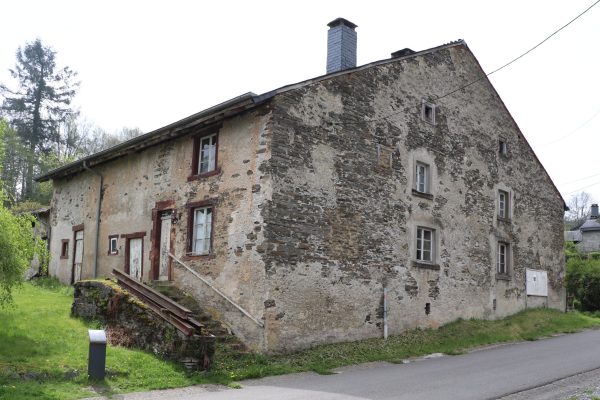
Textures, materials and traditional volumetry characterise this old Ardennes farmhouse.
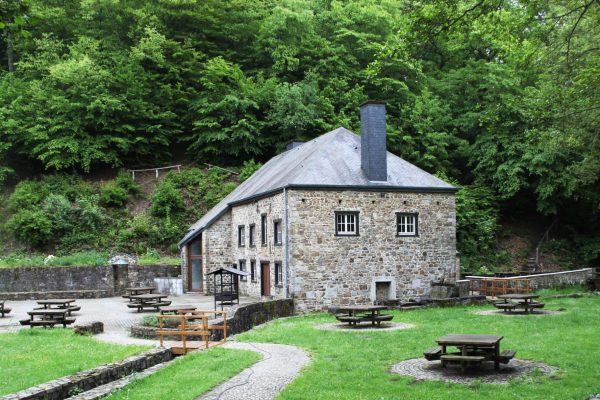
A privileged location, at the bottom of the valley and taking advantage of the natural elements, for this old mill whose origins date back to the year 1600.
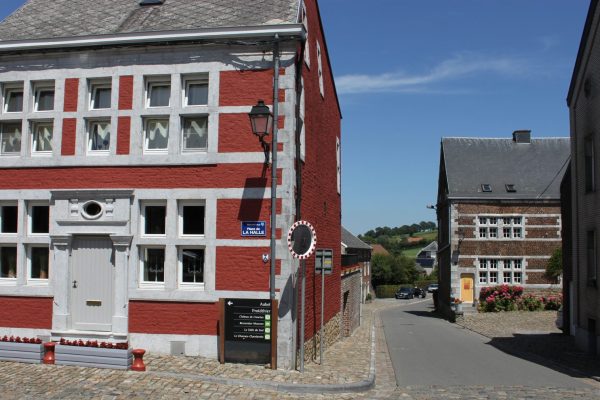
An elegant late 17th century building as the entrance to the Place de la Halle - Listed monument.
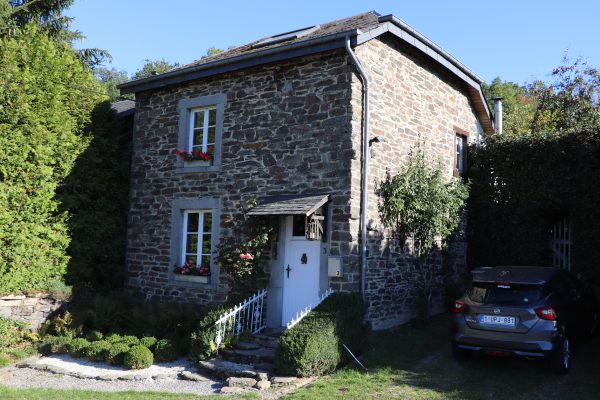
A single room on the ground floor and a bedroom upstairs for this house which had all the amenities.
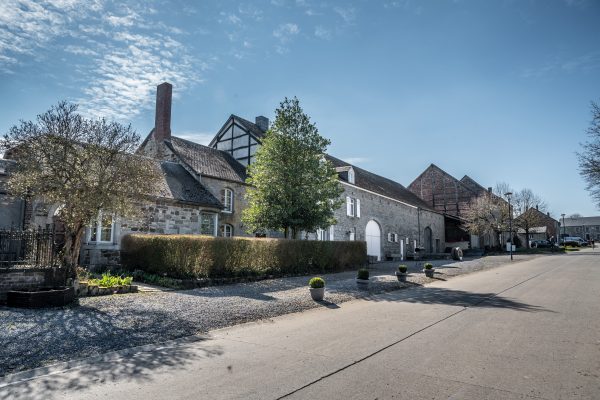
Homogeneous volumes from the second half of the 19th century, typical of the regional habitat.
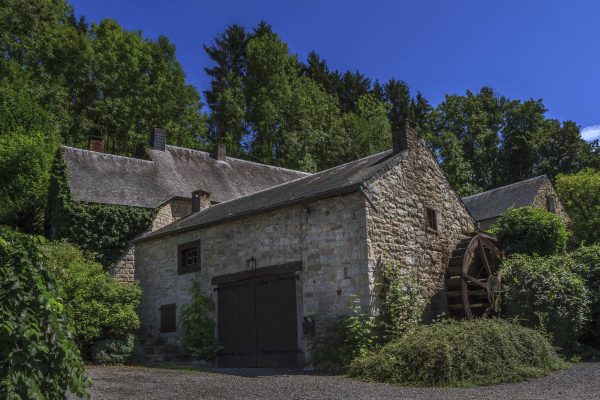
The banks of the streams in Crupet bear witness to the presence of numerous mills in the past.
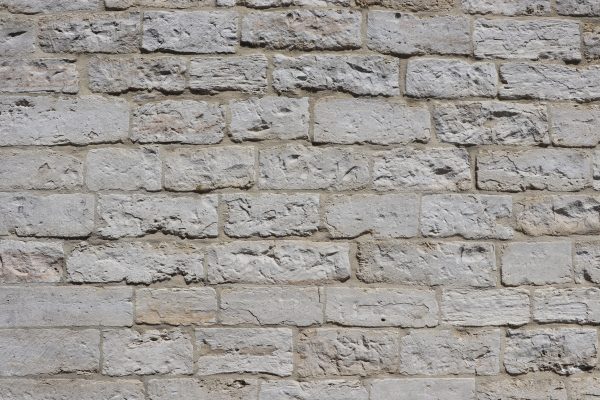
The stone of the villages of the "Vallée Blanche"
The association Les Plus Beaux Villages de Wallonie (The Most Beautiful Villages of Wallonia) oversees a network of 32 villages, bearers of a strong territorial identity and reflecting traditional architecture. It is committed to promoting the rural, cultural and natural heritage of Wallonia and is a part of the development of local and responsible tourism.
More information